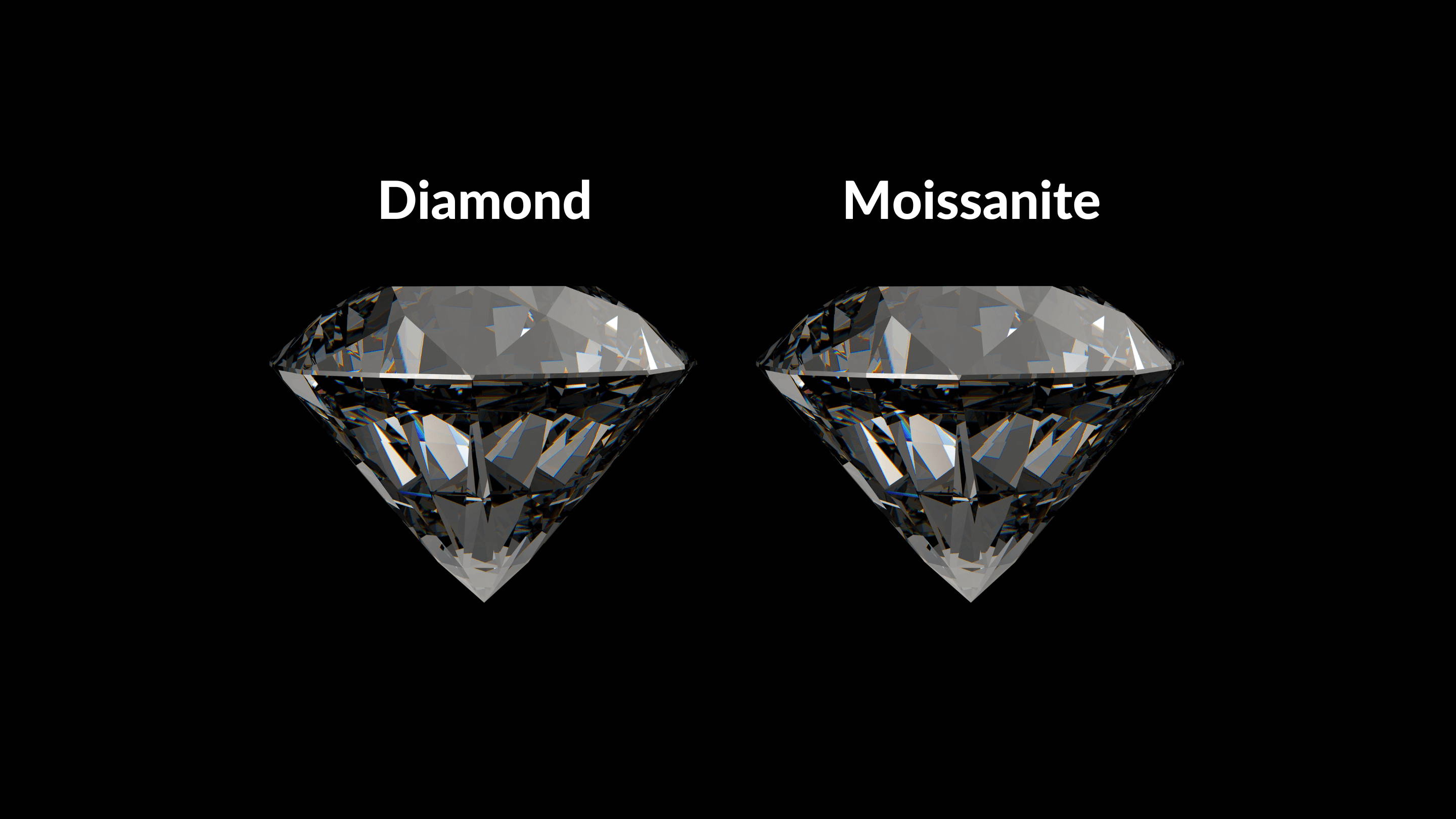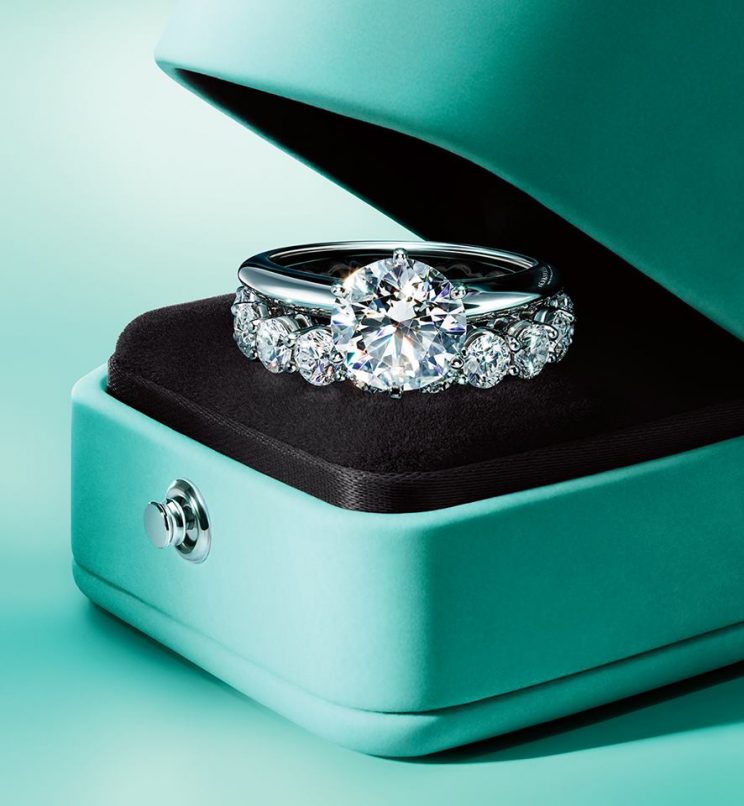Lab diamond rings have become increasingly popular as ethical and sustainable alternatives to natural diamonds. When choosing a setting for lab-made diamonds, the debate often centers around platinum vs. gold. Each metal has unique characteristics that can influence your decision, depending on your lifestyle, budget, and personal preferences. Understanding the differences between these metals can help you make an informed choice for your lab diamond rings.
Durability and Strength of Platinum vs. Gold
One of the primary factors to consider when choosing between lab diamond rings platinum vs gold is durability. Platinum is known for its exceptional strength and resistance to wear. Since platinum is a dense metal, it securely holds lab-made diamonds in place and is less prone to bending or breaking. Gold, on the other hand, is a softer metal and requires alloying with other metals such as copper, nickel, or zinc to enhance its durability. While 18k gold contains more pure gold, it is softer compared to 14k gold, which has a higher percentage of alloy metals for added strength. When selecting between platinum vs. gold for lab diamond rings, those seeking long-term durability may prefer platinum.
Appearance and Aesthetic Appeal
The appearance of lab diamond rings varies depending on the choice between platinum vs. gold. Platinum has a naturally white and lustrous finish that enhances the brilliance of lab-made diamonds. Over time, platinum develops a patina, giving it a vintage appeal that some people appreciate. Gold, however, comes in different shades, including yellow gold, white gold, and rose gold. Yellow gold offers a traditional and warm look, while white gold provides a sleek and modern aesthetic similar to platinum. Rose gold, with its pinkish hue, adds a romantic and unique touch to lab diamond rings. The choice of metal in platinum vs. gold ultimately depends on individual taste and style preferences.
Maintenance and Care Requirements
Another key consideration when choosing between platinum vs. gold for lab diamond rings is maintenance. Platinum requires minimal upkeep as it does not tarnish or fade over time. However, it develops a patina that can be polished to restore its original shine. Gold, especially white gold, needs periodic maintenance, including rhodium plating, to maintain its color and prevent yellowing. Since gold is more prone to scratches and wear, it may require regular polishing. Those looking for low-maintenance lab diamond rings may find platinum to be the better choice over gold.
Cost Comparison Between Platinum and Gold
The cost of lab diamond rings is influenced by the choice between platinum vs. gold. Platinum is rarer and denser than gold, making it more expensive. The higher price of platinum is due to its purity and durability, making it a premium choice for lab made diamonds. Gold, being more widely available, offers a more affordable option. While 18k gold is more expensive than 14k gold due to its higher gold content, it is still more budget-friendly than platinum. For those who prioritize affordability without compromising on elegance, gold may be the ideal choice for lab diamond rings.
Hypoallergenic Properties and Skin Sensitivity
For individuals with sensitive skin, choosing between platinum vs. gold for lab diamond rings is crucial. Platinum is naturally hypoallergenic and ideal for those prone to skin reactions. Since platinum is 95% pure, it does not cause irritation or allergic reactions. Gold, particularly white gold, may contain nickel, which can trigger allergies in some people. Choosing 18k gold over 14k gold reduces the likelihood of skin irritation, as it has a higher percentage of pure gold. If hypoallergenic properties are a priority, platinum is the better option for lab-made diamonds.
Weight and Comfort Considerations
When comparing platinum vs. gold for lab diamond rings, weight plays a significant role in comfort. Platinum is denser and heavier than gold, providing a solid and luxurious feel. Some people appreciate the weightiness of platinum, as it symbolizes quality and durability. However, others may prefer the lightweight nature of gold, which feels more comfortable for everyday wear. Those who prefer a lighter ring may opt for gold, while those seeking a more substantial feel may choose platinum for their lab diamond rings.
Resale Value and Investment Perspective
From an investment standpoint, the value of lab diamond rings can be affected by the choice between platinum vs. gold. Platinum retains its value over time due to its rarity and high demand. Additionally, platinum rings are made of nearly pure platinum, making them a valuable long-term investment. Gold, while also valuable, fluctuates in price based on market demand. Some people prefer gold for its ability to be easily resold or repurposed. When considering resale value, both platinum and gold hold significant worth, but platinum tends to have a higher long-term value.
Customization and Design Flexibility
Customization is a key factor in choosing between platinum vs. gold for lab diamond rings. Platinum is malleable and allows for intricate designs, making it ideal for custom jewelry. However, its density makes it more challenging to work with, leading to higher labor costs. Gold, being more versatile, offers greater flexibility for different styles and settings. It is easier to mold into elaborate designs, making it a popular choice for those seeking personalized lab-made diamonds. For those who want unique and custom designs, gold may be the preferred choice over platinum.
Making the Right Choice for Your Lab Diamond Rings
Ultimately, the decision between platinum vs. gold for lab diamond rings depends on personal preferences, lifestyle, and budget. Platinum offers superior durability, hypoallergenic properties, and long-term value, making it ideal for those who want a high-quality and low-maintenance option. Gold, on the other hand, provides affordability, design flexibility, and a variety of color options, catering to different style preferences. When selecting the perfect setting for lab-made diamonds, consider factors such as durability, aesthetics, maintenance, cost, and comfort. Whether you choose platinum or gold, both metals beautifully complement lab diamond rings and enhance their overall appeal.



